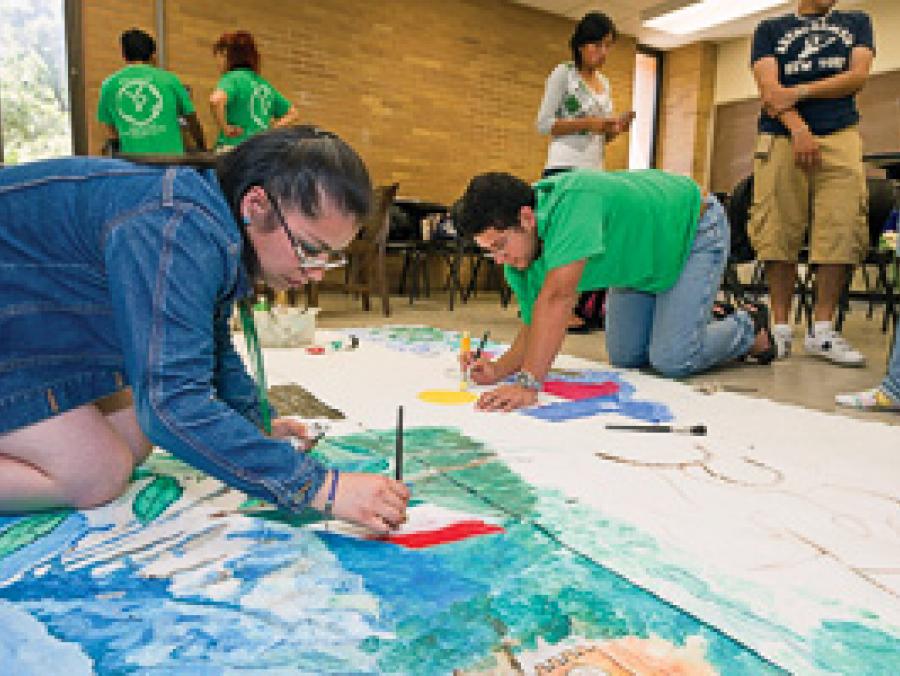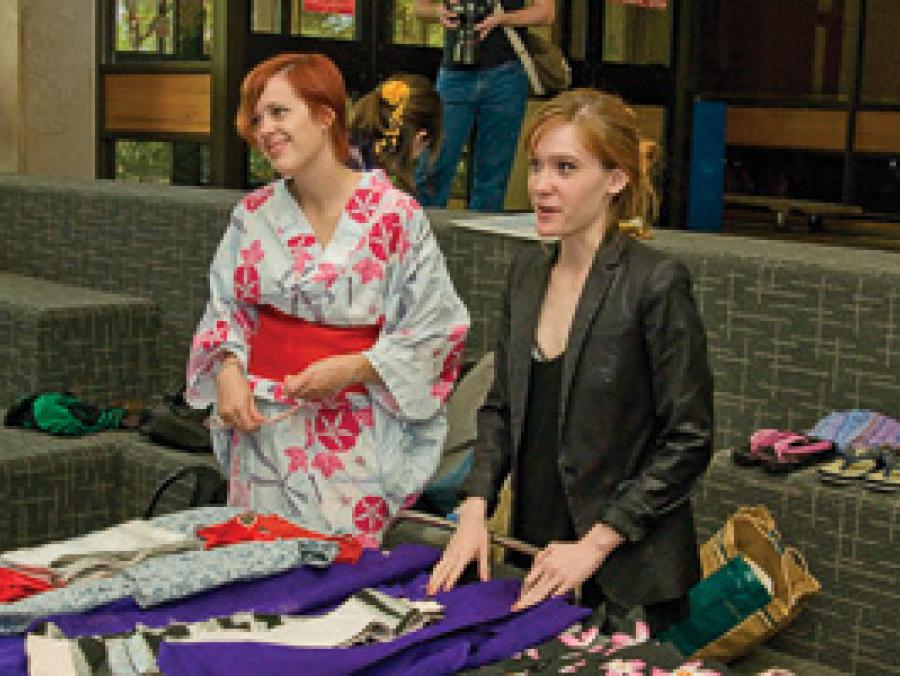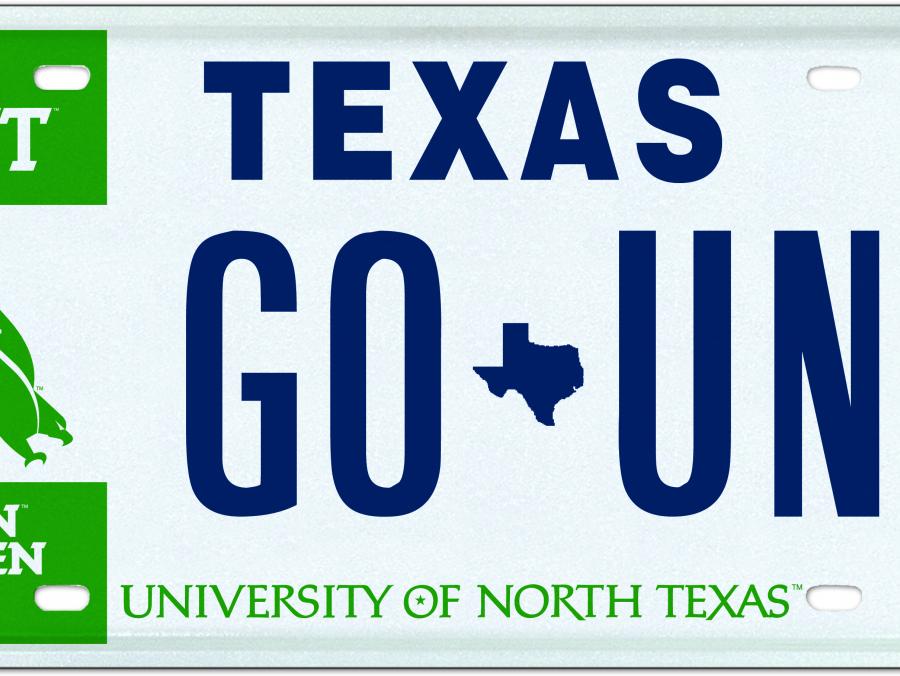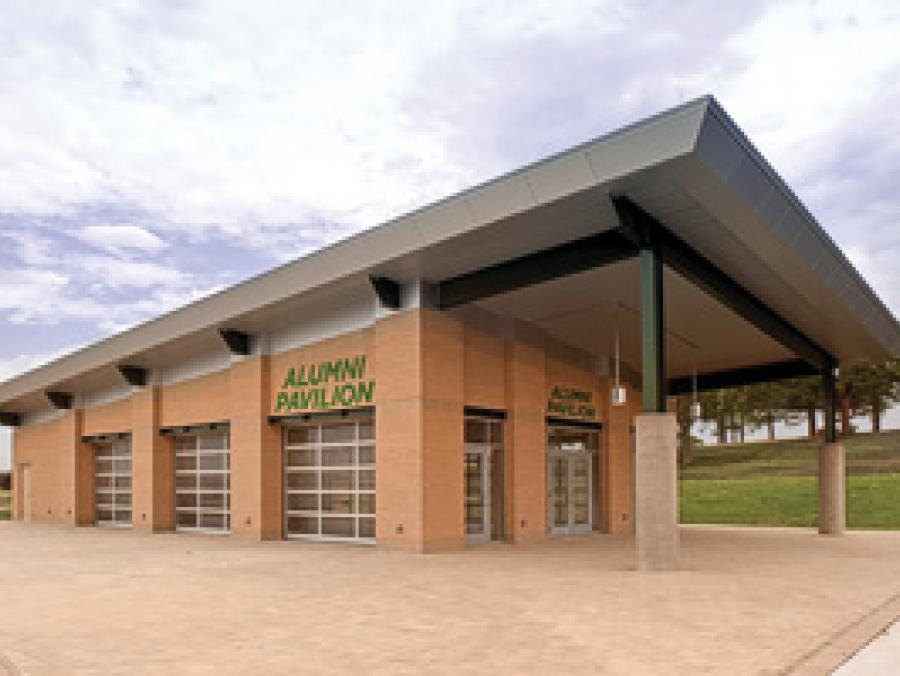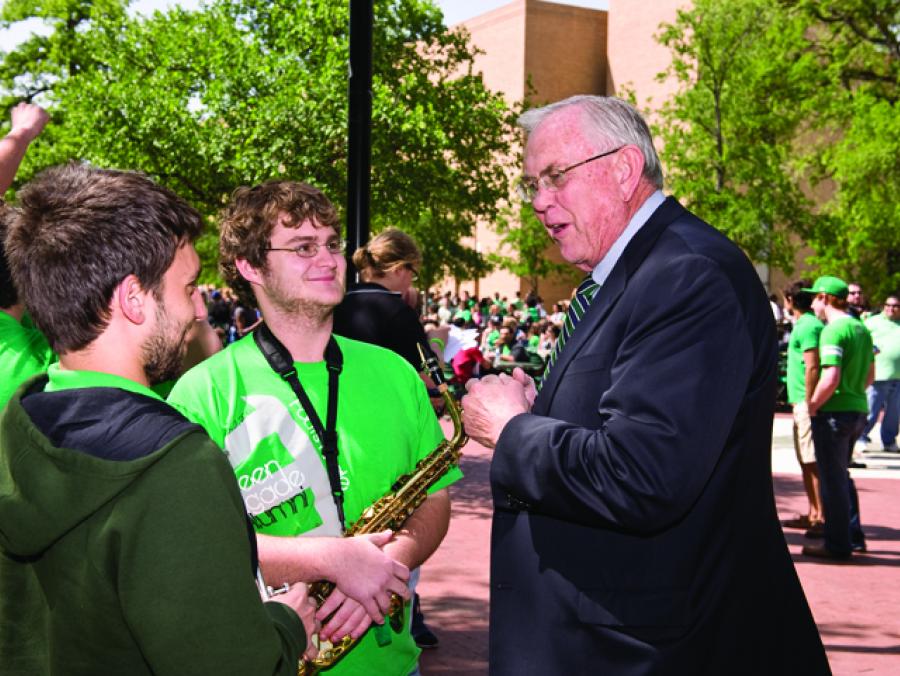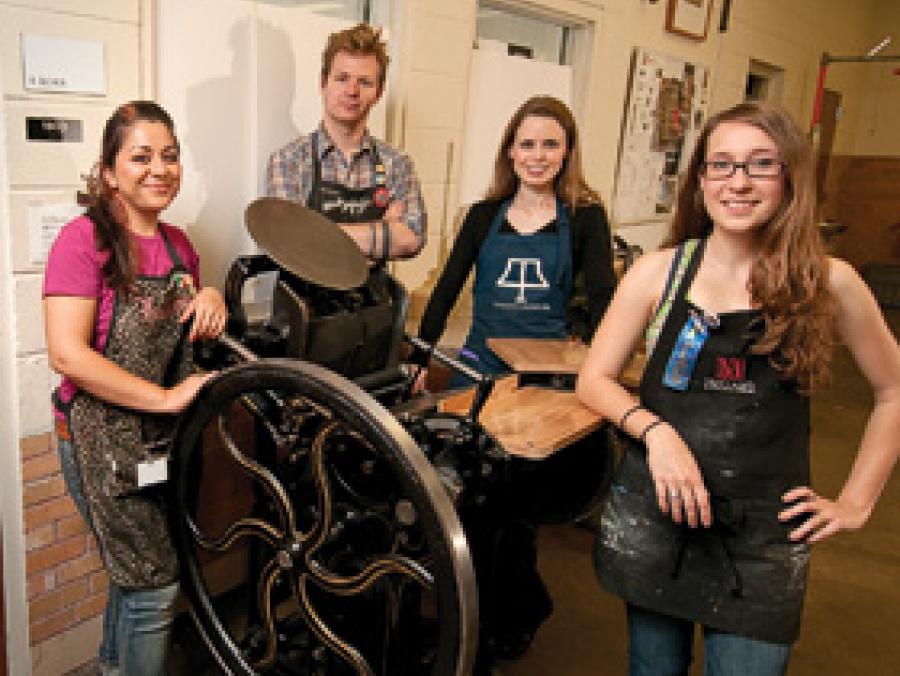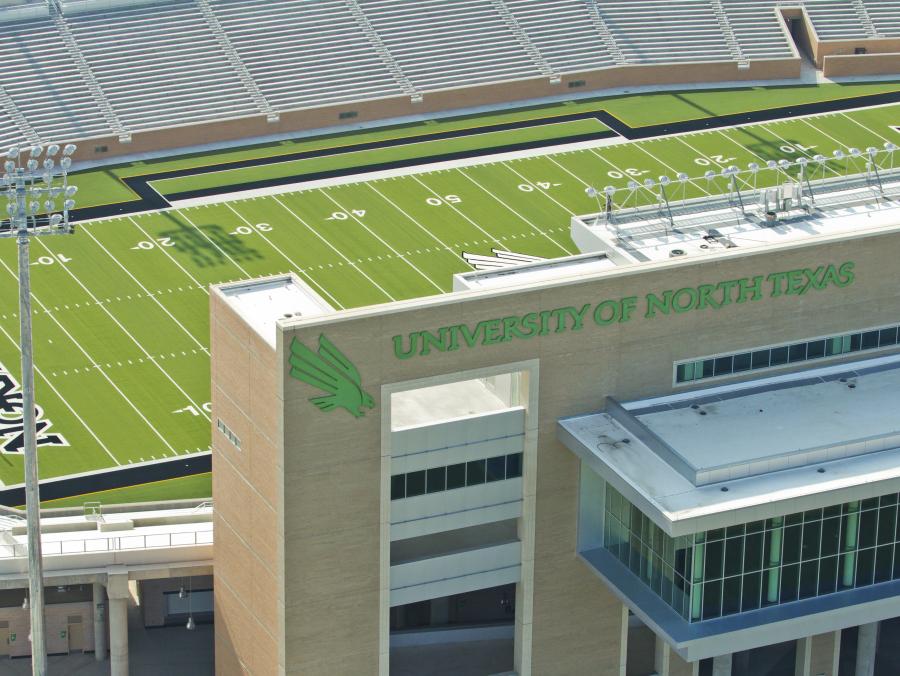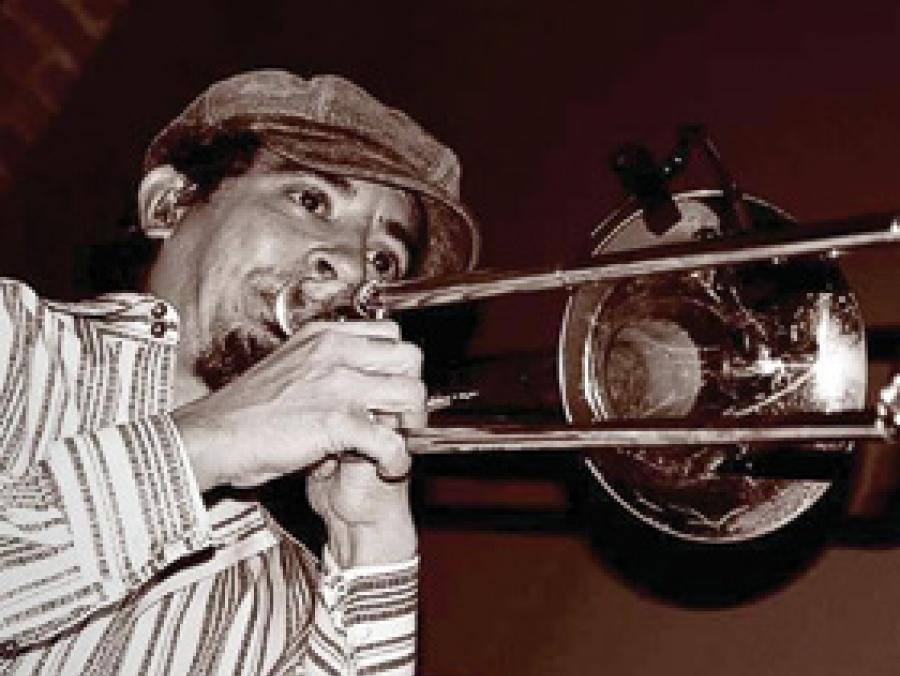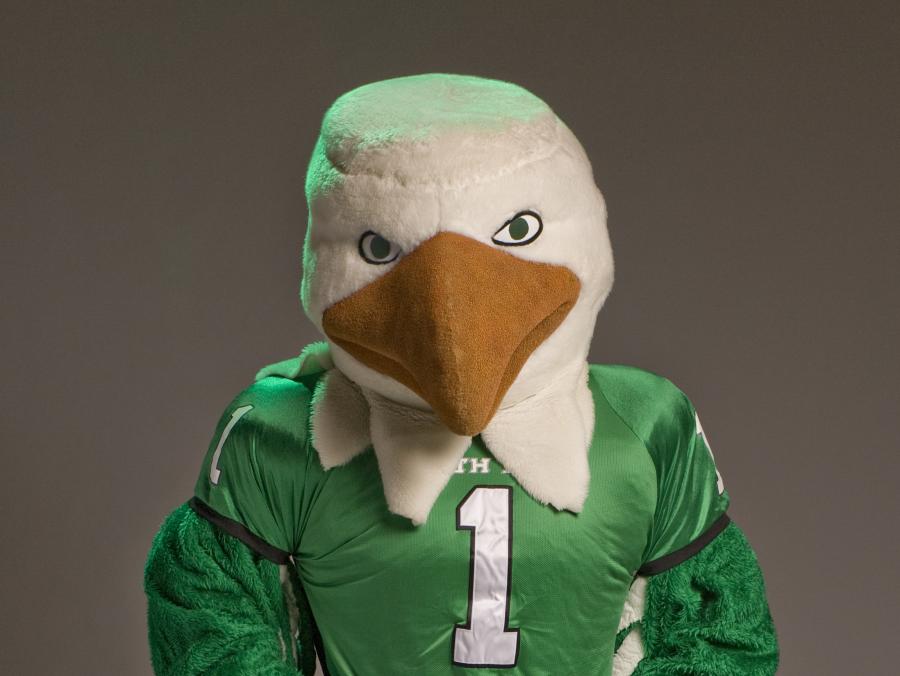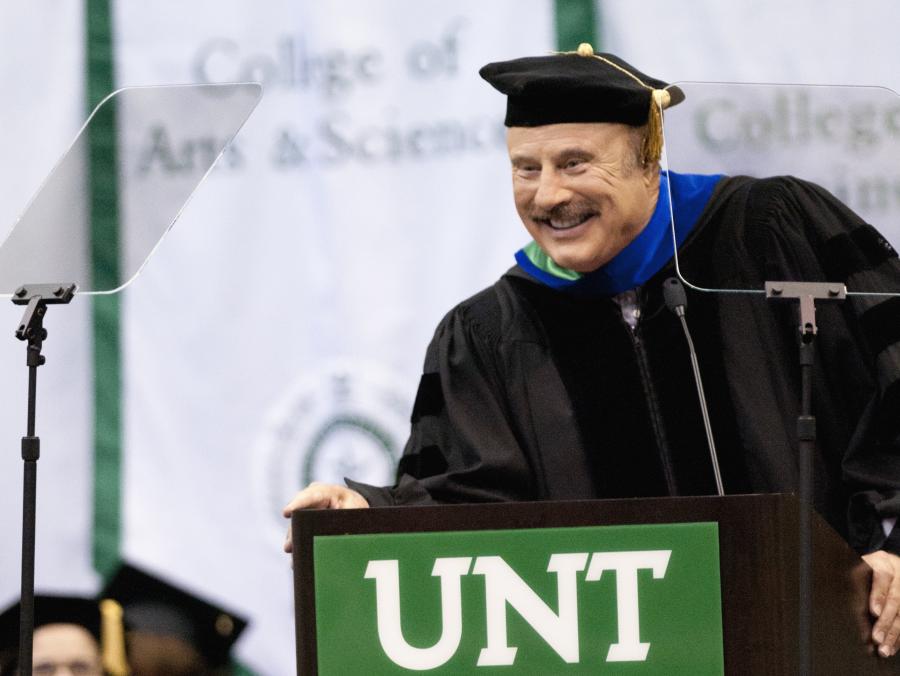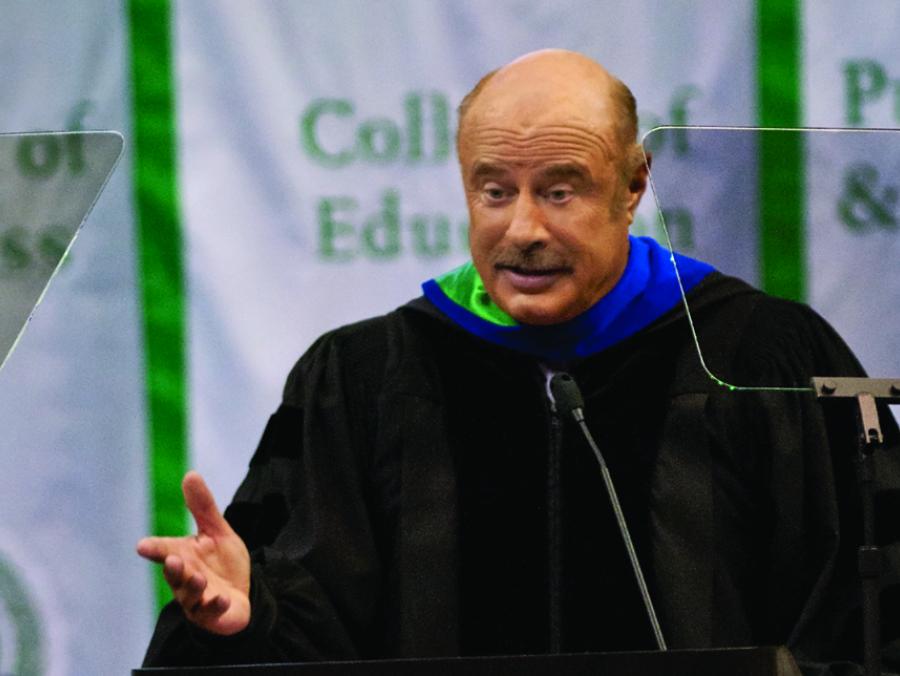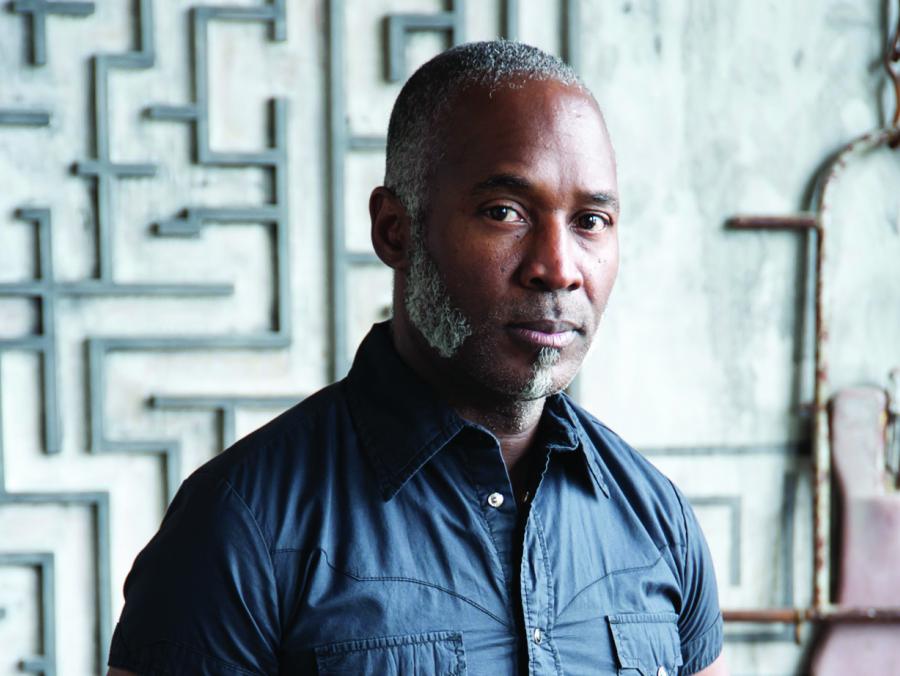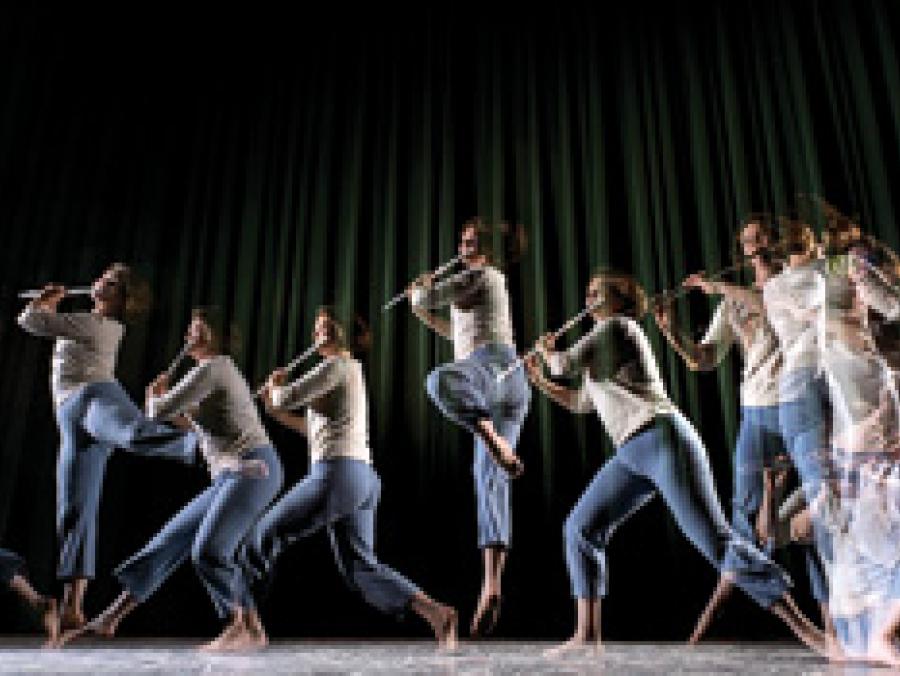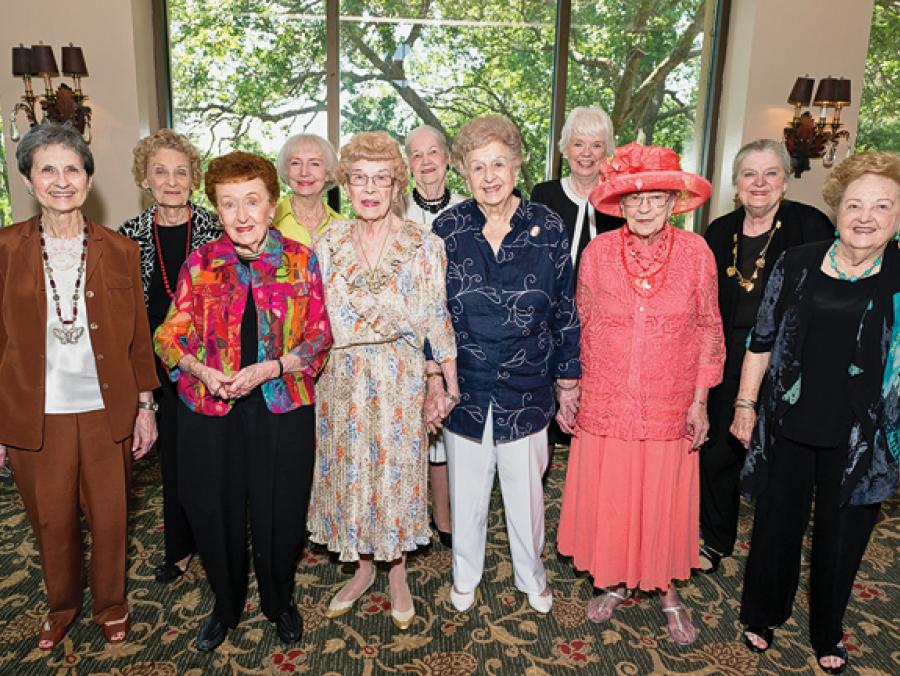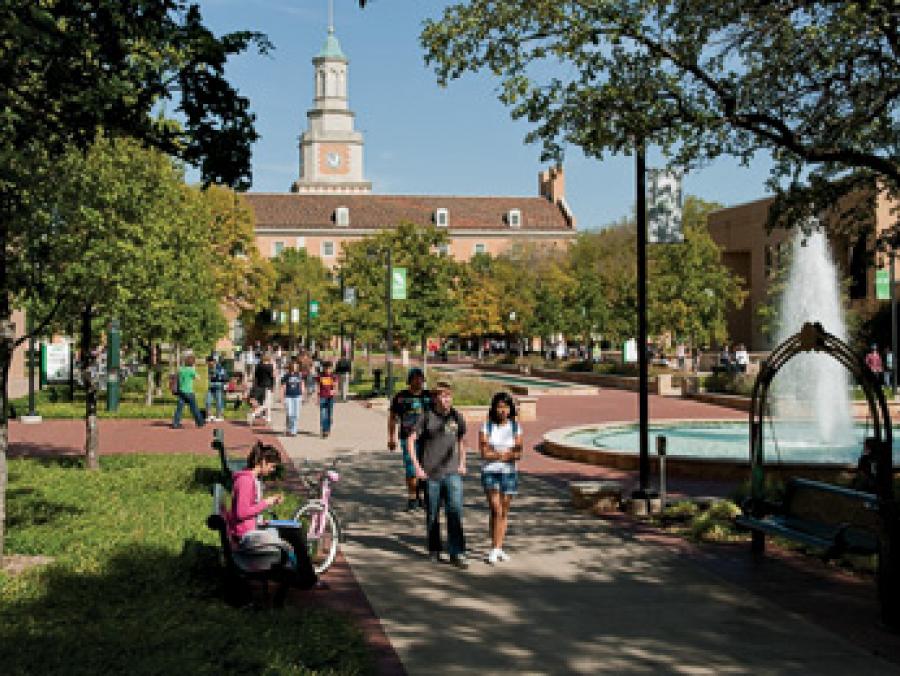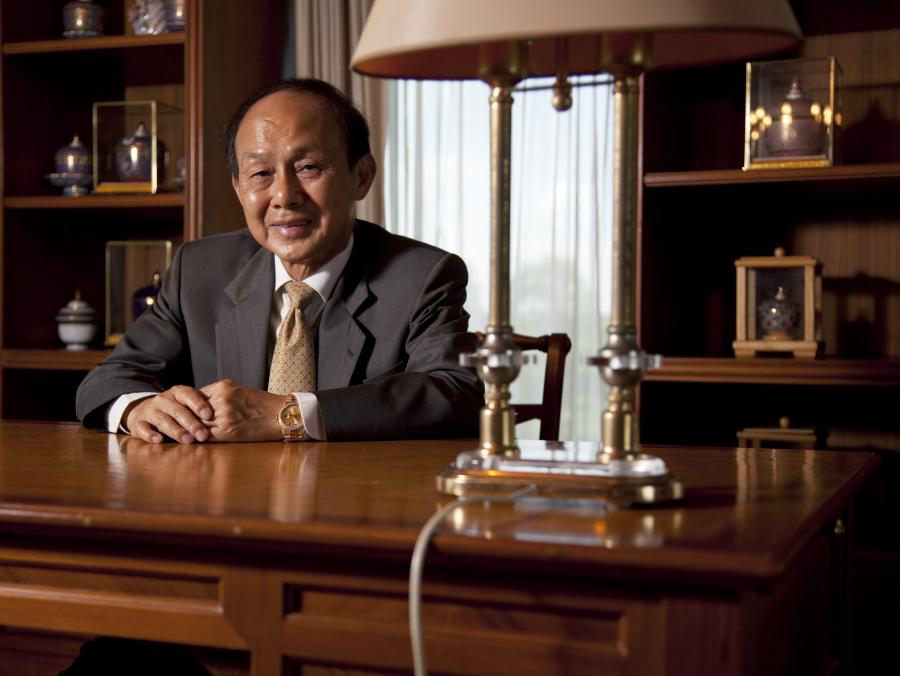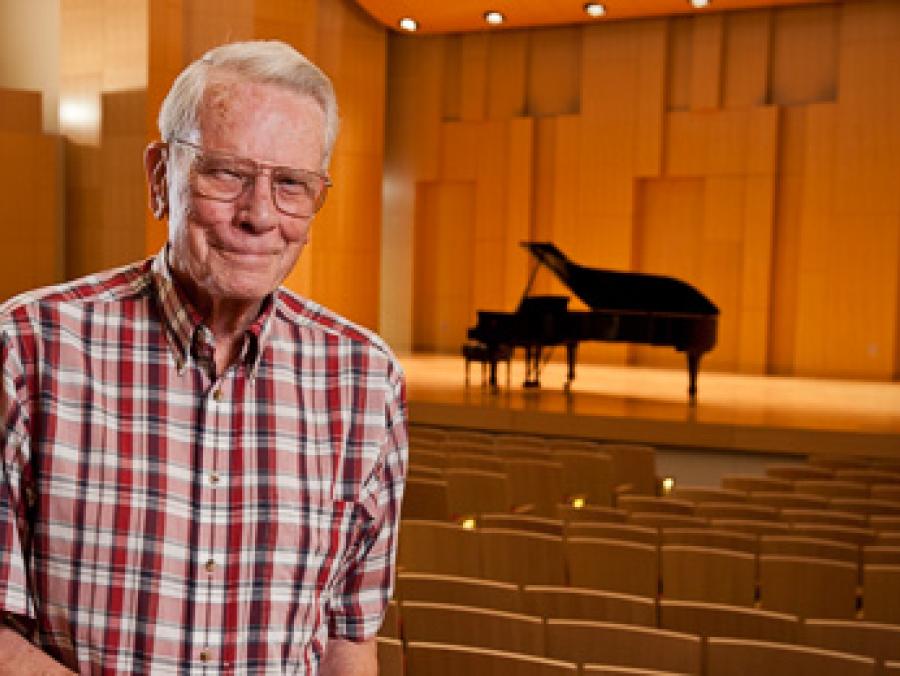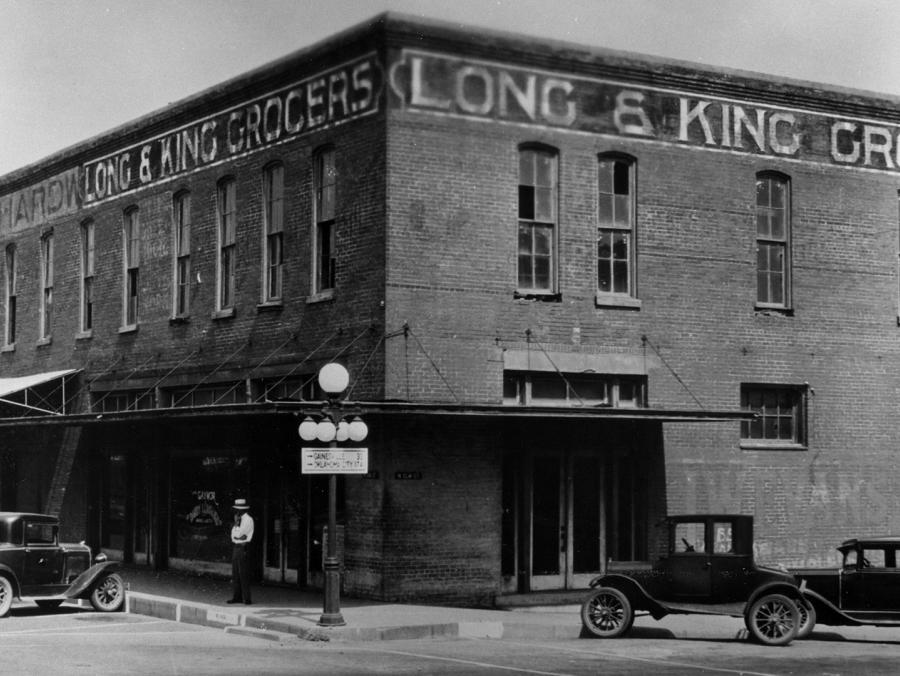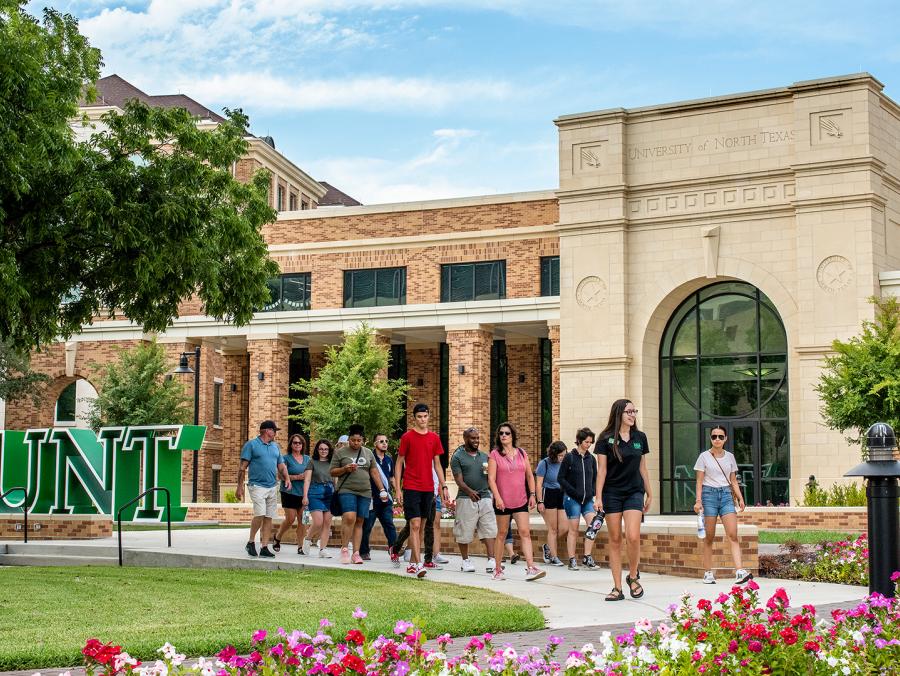It was the week before finals and six freshmen holed themselves up in a common room at Clark Hall to study.
The students joked and laughed as they tested their knowledge in preparation for the big biology final. Among them was a future surgeon, a future anesthesiologist, a future physical therapist, two future pediatricians and a future gynecologist.
Nine months before, they were strangers in a strange land, encountering a world of new experiences and expectations. And as pre-med students, they were embarking on a difficult course of study.
But after living and learning together as members of the Health Professions REAL (Residents Engaged in Academic Living) community during the 2010-11 school year, the freshmen were thriving and focused on their academic goals.
The health professions community is one of UNT’s 15 living-learning communities, designed to connect students to each other and to the resources they need to excel in their first years of college. The communities are chosen based on popular majors or interests that range from art to engineering to music. They also engage special student populations such as transfer students.
Peer bonding
Grouped together because of their common majors, the health professions students bonded in ways that stuck. Some were roommates. Many ended up in the same classes. They studied together in all-day and late-night study sessions and swapped tips on classes to take. They went bowling, grabbed meals and snacks together, and hung out in their residence hall wing watching movies or playing board games. Friday nights turned into a ritual of going out to dinner.
Anthony Smith, a biology major who plans to become a surgeon, says being involved in the health professions community exposed him to positive peer pressure, which motivated him in many ways. He is now serving with several members as officers in the UNT chapter of the National Society of Collegiate Scholars.
“I learned good study habits and was able to feed off the energy of my peers,” Smith says. “I got so much out of the community — friends, better grades, things to do.”
A smooth transition
UNT’s REAL communities provide students with a support network to encourage learning and development outside the classroom. Students have built-in access to faculty, staff and peer mentors who get them more involved in their majors, campus life, and leadership and service activities.
Since it launched in 2007, the program has grown from 65 students in three communities to more than 700 students in 15 communities. Most communities involve freshmen, but some include sophomores. UNT launched a new community this fall that is specifically for sophomore students.
“Being in a REAL community makes it easier for students to lean on each other and to instantly feel like they are part of a family,” says Elizabeth With (’02 Ed.D), vice president for student affairs. “And having more personal access to staff and faculty is an excellent way to reinforce the growth and learning that goes on in classrooms.”
Dale Tampke, dean of undergraduate studies, says REAL communities show student learning can happen anywhere.
“REAL communities bring students together and create a complementary environment,” says Tampke, who is considering other ways to make living and learning more seamless. “They make a big campus feel small.”
Friends and mentors
UNT’s REAL communities are structured with an emphasis on helping students to stay on track academically and to stay in school, says Elisabeth Warren (’83 Ph.D.), director of housing, who helped launch the program.
“Grouping students together and providing strong avenues and resources for them to live and learn together helps them stay engaged,” Warren says.
Each REAL community has a mentor or network of mentors coordinating activities and offering resources that are tailored to the students’ common majors or interests, according to Eugene Frier (’04, ’11 M.Ed.), residence life coordinator who also helped launch the program.
For instance, one of the faculty mentors for the jazz community gave a talk on gig etiquette to members, who were student musicians. The journalism community mentor took her students to The Dallas Morning News, where they helped pick stories that appeared in the newspaper the next day.
The ultimate goal is to get students more involved in their course of study while encouraging bonding and fun.
“We want students to get connected to mentors and to see them as a useful resource,” Frier says.
In the global learning community, students are usually international studies or foreign language majors. Many are from other countries. Their shared global perspective helps to break down cultural barriers. Fleur-Marine Maubert, the faculty-in-residence for the 2010-11 school year, held potlucks, movie nights focused on world issues, mock debates and language classes to help the community members get to know each other.
Students sought Maubert out for everything from help with French to her perspective on living abroad.
“If you don’t see the person who can help, you don’t think about looking for them. But the proximity made a difference,” says Maubert, who was part of an exchange program.
Jacquelyn Peña says she and the other health professions community members had great support from their resident assistant, who was a senior biology major, and from the community’s mentor, who also is an academic advisor for students majoring in health professions.
The students took a field trip to a local hospital where they were inspired by working doctors, courtesy of their mentor. They even volunteered at a nursing home to put their care-giving skills to the test.
“Everyone was willing to help,” Peña says.
A family
The UNT SERVES! community helps students cultivate their leadership skills and community activism through a freshman seminar class, regular group meetings and volunteer projects.
They spend much of their downtime making an impact, whether it’s picking up trash around campus once a month or mentoring area at-risk students. Some also participate in community service projects through Alternative Spring Break programs. The shared experiences lead to strong bonds.
Adriana Diaz, a transfer student studying applied behavior analysis and psychology, says being a part of the UNT SERVES! community made her first year at a four-year university easier.
“I knew I was going to be ready for work and to study, but I wasn’t sure how I was going to fit in and find my social circle,” says Diaz, who was part of the community in 2010-11. “I was very blessed to be able to join a group and have a little family already built there for me.”
As her confidence grew, so did Diaz’s commitment to community service — which prompted her to join the UNT chapter of the Nonprofit Leadership Alliance (formerly American Humanics).
“It was really nice to help other people while still having fun and being with friends,” Diaz says.
Rachel Rachel, who served as a resident assistant and advisor for UNT SERVES! from its beginning, says the community brings students like Diaz out of their shell while challenging them to get involved.
“This is such a tight-knit group. They all had in common that they liked leadership and community service. It allowed them to break the ice,” says Rachel, who graduated in August with a degree in applied arts and sciences.
Social learning
The UNT SERVES! students also formed close ties with faculty mentors such as Brandi Darensbourg, an assistant professor in rehabilitation counseling who served as the faculty-in-residence in the program’s first year and stayed involved with the group.
“After a while, I wasn’t a professor. I was like their neighbor,” she says.
“Dr. D,” as the students call her, lived just down the hall from her charges and worked with them on service projects. She says it was amazing to see them put their knowledge and leadership skills to use.
“It’s a great social learning experience,” Darensbourg says. “You get to see how well your students learn from each other and within the community as opposed to the traditional classroom setting.”



